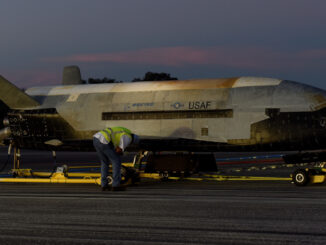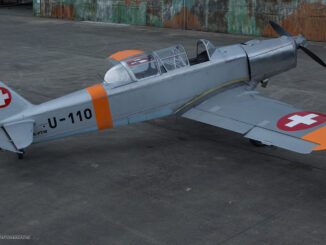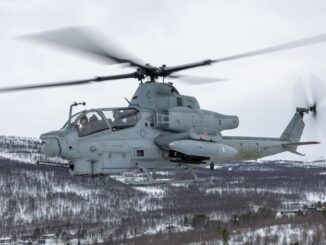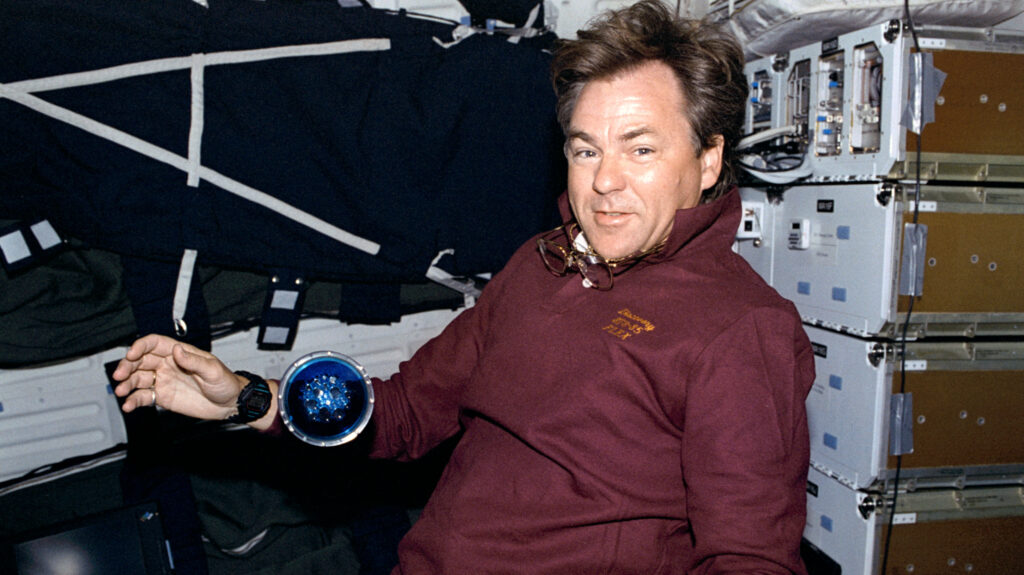 This month we were saddened to learn of the passing of Bjarni Tryggvason, the first and so far the only astronaut of Icelandic origin. Although relatively little have been heard about him, as well as about Iceland itself, he was a man with a very interesting story. Therefore, we have decided to introduce his profile on our pages.
This month we were saddened to learn of the passing of Bjarni Tryggvason, the first and so far the only astronaut of Icelandic origin. Although relatively little have been heard about him, as well as about Iceland itself, he was a man with a very interesting story. Therefore, we have decided to introduce his profile on our pages.
Bjarni Valdimar Tryggvason was born on 21st September 1945 in Reykjavík, Iceland. However, at the age of 8 he moved, together with his parents, to Canada. Tryggvason grew up there and attended primary schools in Nova Scotia and then British Columbia, where he continued his further education.
Tryggvason graduated from Richmond High School and then finished studies at the University of British Columbia, receiving a Bachelor of Applied Science degree in engineering physics in 1972. Next, he completed a postgraduate studies in engineering at the University of Western Ontario, with a specialisation in applied mathematics and fluid dynamics.
Yet as a newly graduated B.A.Sc., Bjarni Tryggvason started his extensive scientific and engineering career. Already in 1972 and 1973 he worked as a meteorologist with the cloud physics group at the Atmospheric Environment Service in Toronto. Next year he became a research associate at the Boundary Layer Wind Tunnel Laboratory at the University of Western Ontario. At that time Tryggvason was involved in projects investigating wind effects on rigid and aero-elastic structures.
In 1979, Tryggvason first moved to Japan, where he was a guest research associate at Kyoto University and then in 1980 to Australia, where held a similar position at James Cook University in Townsville. After returning to Canada, Bjarni Tryggvason worked as a lecturer in Applied Mathematics at his alma mater in Western Ontario between 1980 and 1982.
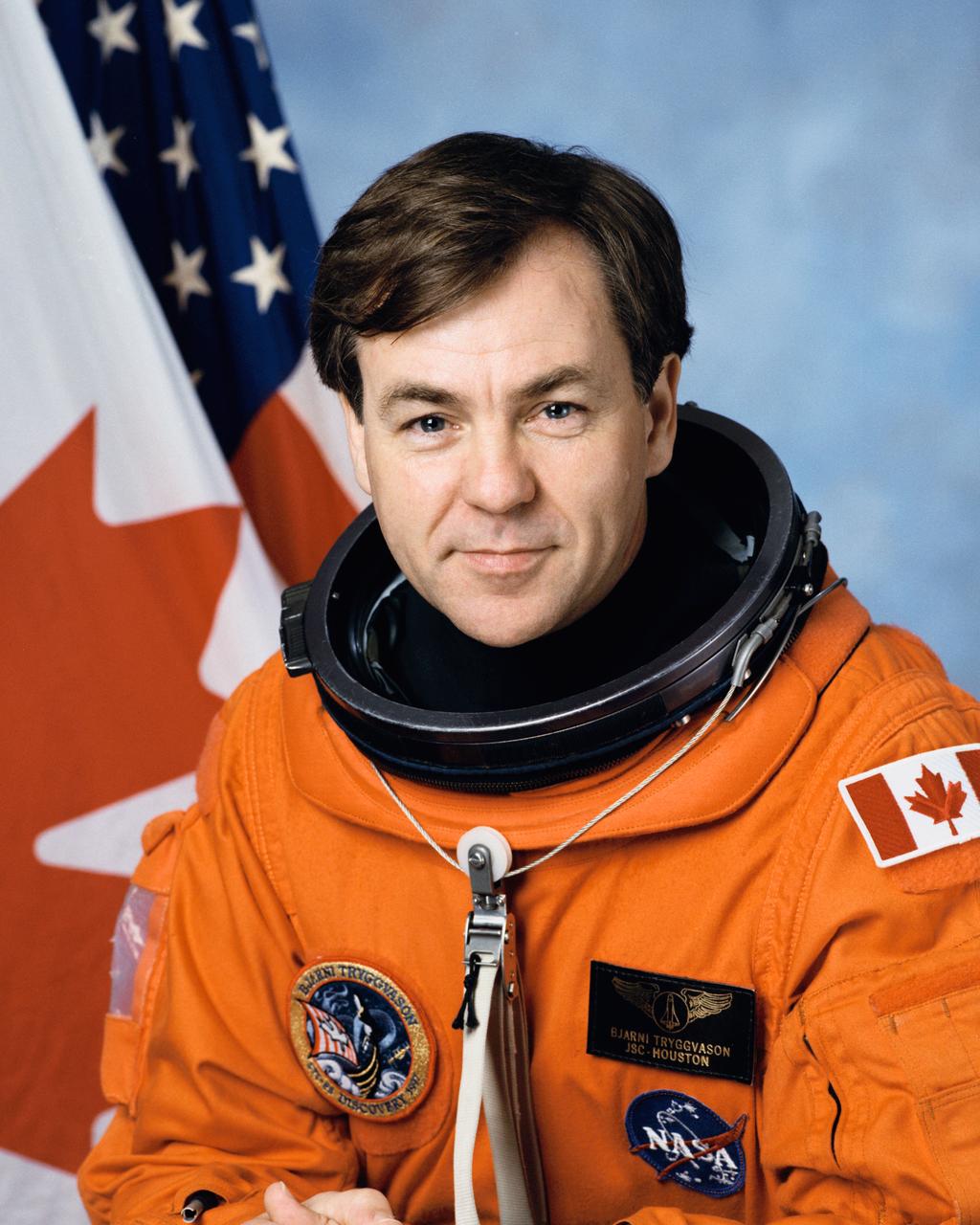
In 1982, Bjarni Tryggvason joined the Low Speed Aerodynamics Laboratory at the National Research Council of Canada in Ottawa, where he worked until 1984. During that period, he developed and led relevant aerodynamic tests that helped to investigate the causes of the sinking of the Ocean Ranger oil rig. In addition, Tryggvason was a part-time lecturer in structural dynamics and random vibrations at the University of Ottawa and Carleton University between 1981 and 1992.
In addition, the Icelander had also gained impressive experience as an aircraft pilot. Despite receiving Airline Transport Pilot rating, he also obtained instructor qualifications, completed a Captaincy check in Canadair CT-114 Tutor jet trainer with the Royal Canadian Air Force, as well as actively flew aerobatics. He logged more than 4500 flying hours at the controls of various aircraft, including 1800 hours as the instructor.
Tryggvason´s scientific, professional and aviation background and experience were certainly not insignificant in view of the fact that in December 1983 he was selected by the Canadian Space Agency as one of six astronaut candidates.
First, he was assigned the role of back-up Payload Specialist to astronaut Steven MacLean for the CANEX-2 experiments set and was the Project Engineer for the Space Vision System Target Spacecraft for NASA Space Shuttle mission STS-52, held between 22nd October and 1st November 1992.
After that, Tryggvason was involved in several projects of the CSA. As principal investigator he was involved in the development of Large Motion Isolation Mount (LMIM) and two Microgravity vibration Isolation Mount (MIM and MIM-2) devices.
The LMIM was flight tested several times aboard NASA KC-135 and DC-9 aircraft. The MIM was used by Canadian and American astronauts on the Russian space station ‘Mir’ – between April 1996 to January 1998 – for conducting material science and fluid physics experiments. And the MIM-2 was sent into space as part of NASA STS-85 mission in August 1997.
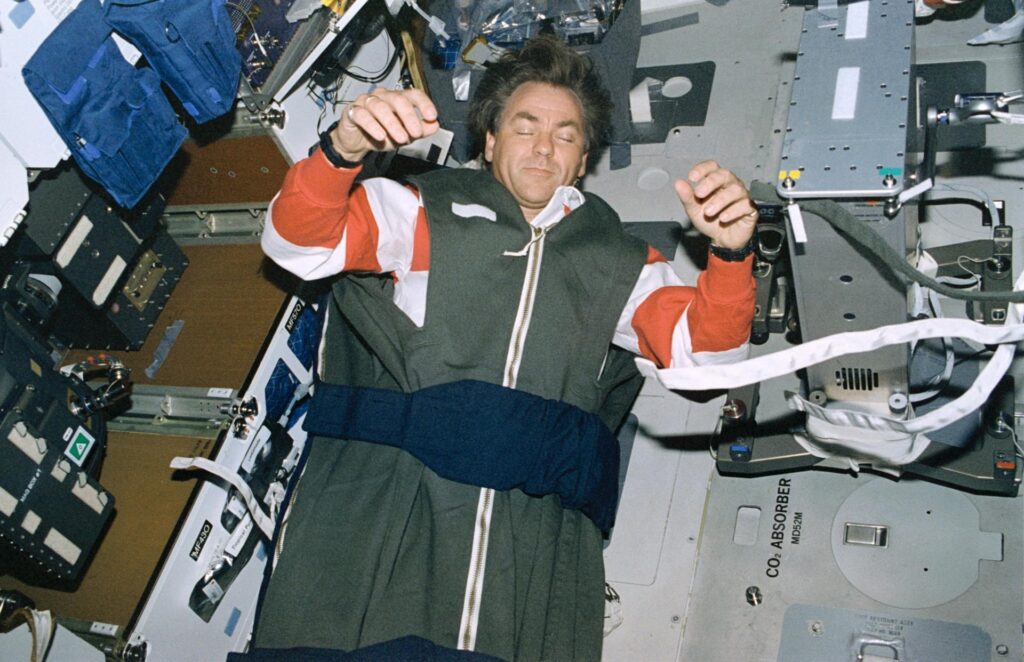
In addition, Tryggvason was also the originator and technical director during early stage of Canadian Space Agency programme, focused on creating a device called Microgravity Vibration Isolation Subsystem (MVIS) and developed for the European Space Agency Fluid Science Laboratory on the International Space Station.
The day Bjarni Tryggvason finally flew into space came in only his fourteenth year with the Canadian Space Agency. He was assigned as Payload Specialist to the crew of US Space Shuttle Discovery on the previously mentioned STS-85 mission, which launched from Kennedy Space Center, Florida on 7th August 1997.
The main objective of this, almost 12-day-long mission, was to study changes in the Earth’s atmosphere using telescopes of CRISTA-SPAS-2 (Cryogenic Infrared Spectrometers and Telescopes for the Atmosphere-Shuttle Pallet Satellite-2) device. The Icelander’s role, however, was to test the MIM-2 (Microgravity vibration Isolation Mount 2) device and conduct fluid science experiments. That research allowed to better understand the need for use of instruments such as the MIM, on the then planned International Space Station and to study the impact of spacecraft vibrations on many future experiments to be carried out on board of the ISS.
The STS-85 mission that lasted exactly 11 days, 20 hours, 28 minutes and 7 seconds, was completed on 19th August 1997, when the Space Shuttle Discovery and its crew returned to Earth. Thus Bjarni V. Tryggvason, albeit with a Canadian flag on his shoulder, made history as the first and so far the only man of Icelandic origin to fly into space.
In August 1998, almost exactly one year after his space flight, Bjarni Tryggvason was invited by NASA to participate in the 1998 Mission Specialist Class held at the Johnson Space Center in Houston, Texas. It was a two-year physical and academic training related to future space missions. The astronauts who attended that class were trained not only as mission specialists for the NASA Space Shuttle programme but were also the first group trained as potential crewmen for the International Space Station. Tryggvason was initially assigned to a group representing the Shuttle Avionics Integration Laboratory (SAIL), which was the team responsible for testing and checking the Shuttle flight software. In addition, the astronaut worked also at the ISS Training Facility, being there involved in training simulations for the crews and Mission Control members of the International Space Station. Moreover, he was also the CSA representative on the NASA Microgravity Measurement Working Group, as well as on the ISS Microgravity Analytic Integration Team.
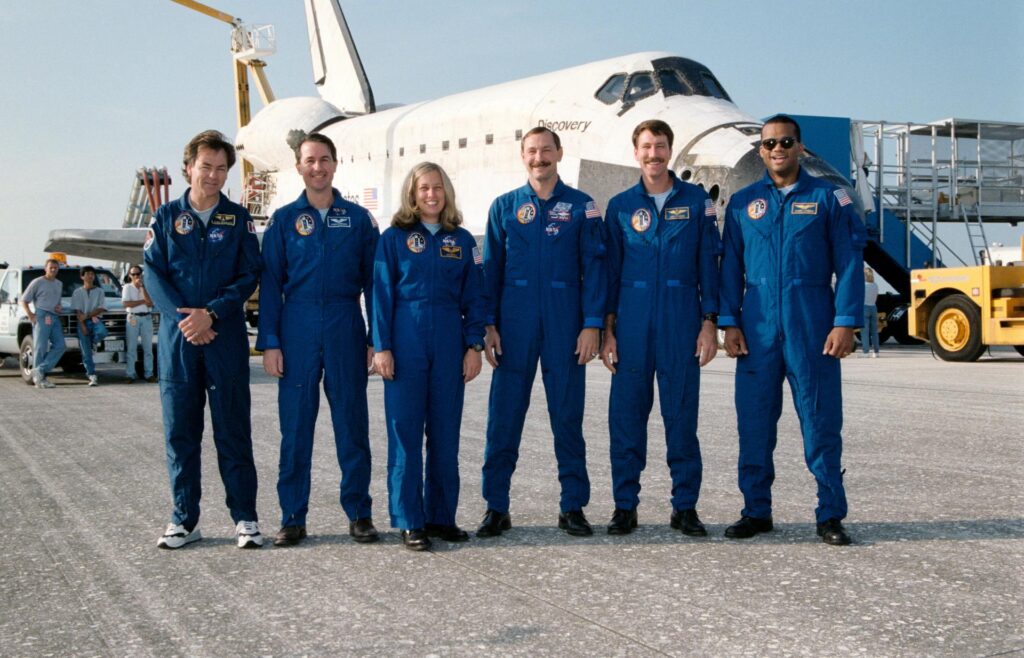
From mid-2001 to 2003 Bjarni Tryggvason worked temporarily in the private sector and in 2004 he returned to work for the CSA. In 2008, the Icelander had officially finished his career as an astronaut, retiring from the Canadian Space Agency. He returned as a lecturer at the University of Western Ontario and continued work as a test pilot and instructor at the International Test Pilots School in London, Ontario.
Speaking of the Icelander’s aviation career, one more event is worth mentioning here. On 22nd February 2009, Bjarni Tryggvason made a flight in a replica of Silver Dart aircraft designed by Alexander Graham Bell, taking off from the ice on Baddeck Bay, Cape Breton Island, Nova Scotia. The flight was performed to commemorate the 100th anniversary of the first flight of powered heavier-than-air aircraft in Canada and the British Empire. Due to expected bad weather conditions on the actual anniversary day, 23rd December, the commemorative flight took place a day earlier than the original.
Sadly, the first and only Icelandic astronaut, passed away on 5th April 2022, aged 76. Although Bjarni V. Tryggvason lived the rest of his life in Ontario, Canada, his ties to the Icelandic origin were always strong.
He is the author of over 50 publications and holds three patents. For his scientific and professional achievements, he was granted a number of awards and distinctions. In 1997 Tryggvason was awarded the NASA Space Flight Medal. A year later, he was granted an honorary D.Sc. degree from the University of Western Ontario.
In 2000, Tryggvason was awarded the Knight’s Cross of the Icelandic Order of the Falcon and an honorary Dr. Techn. degree from the University of Iceland. Subsequently, in 2004, Bjarni Tryggvason was awarded the Innovators Award of the Canadian Space Agency and in 2005 he received an honorary D.Eng. degree from the University of Victoria.
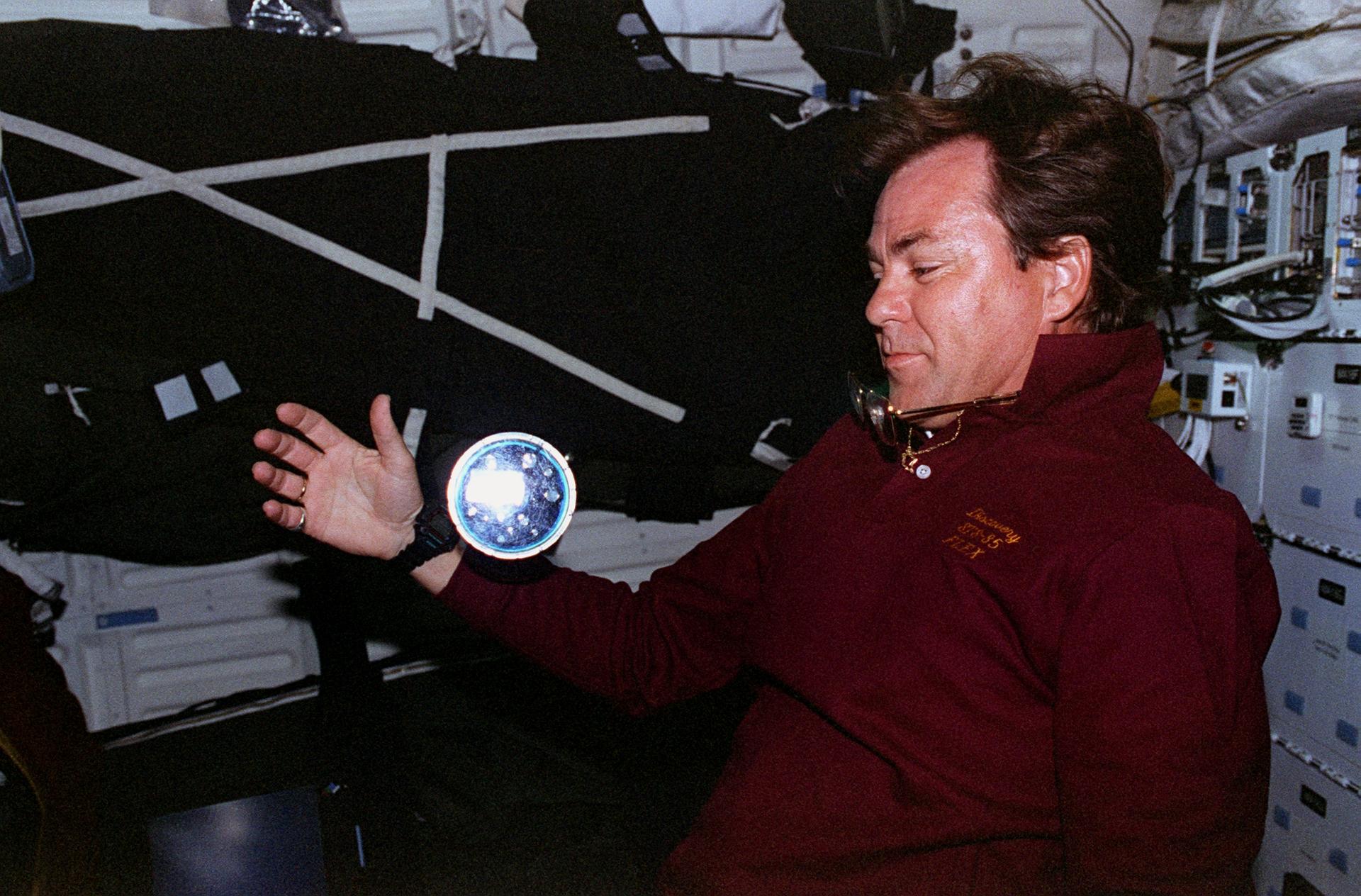
In this article, press releases and other materials of the National Aeronautics and Space Administration were used, as well as biographical and information materials of the Canadian Space Agency. Cover photo: MIM – Tryggvason works with the FLEX experiment, by NASA, STS085-351-005. All photos © National Aeronautics and Space Administration

